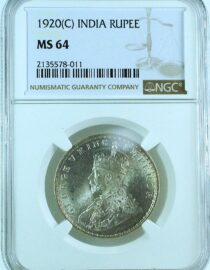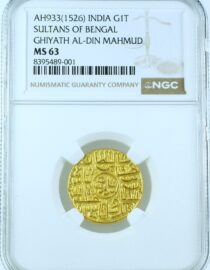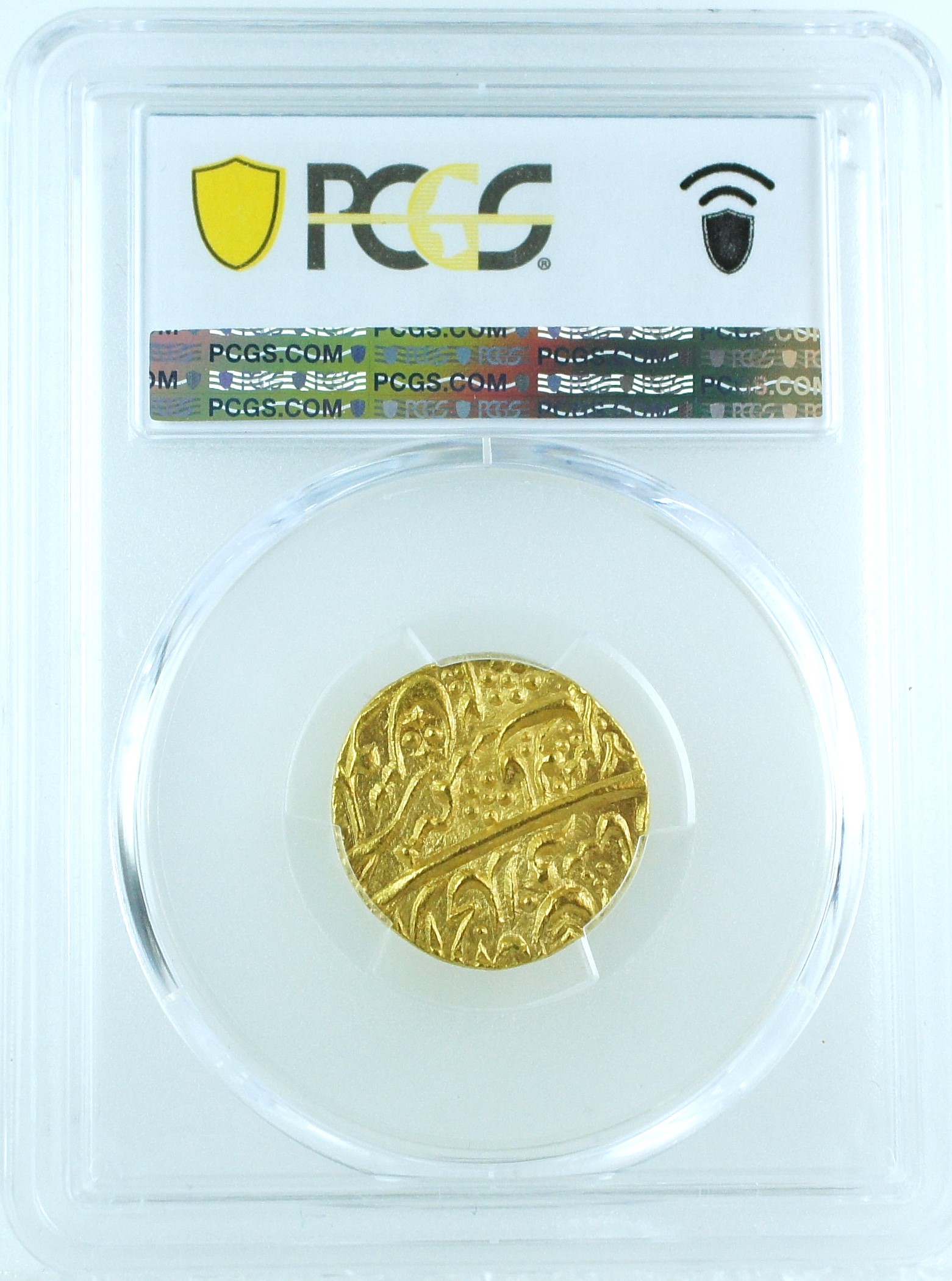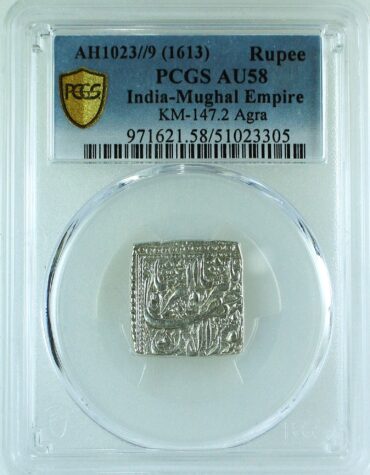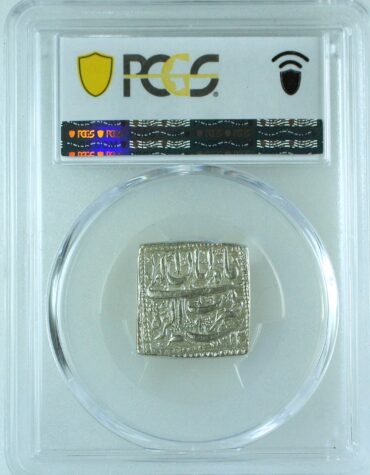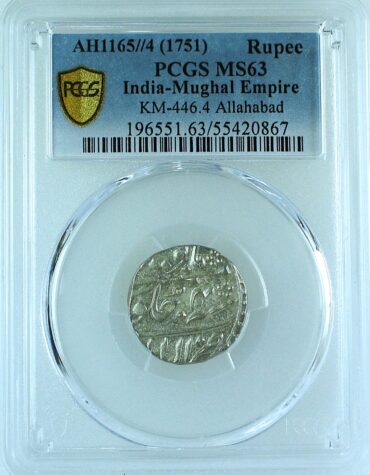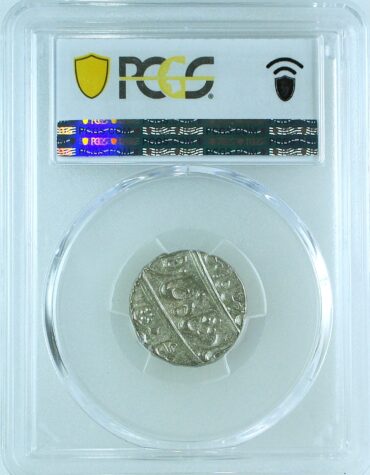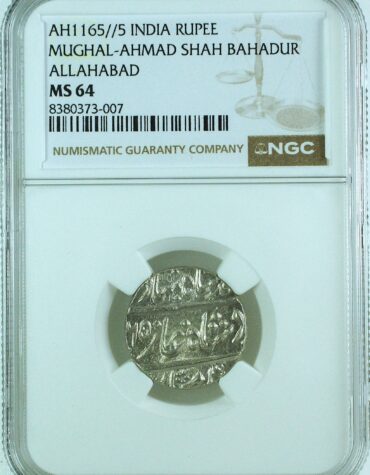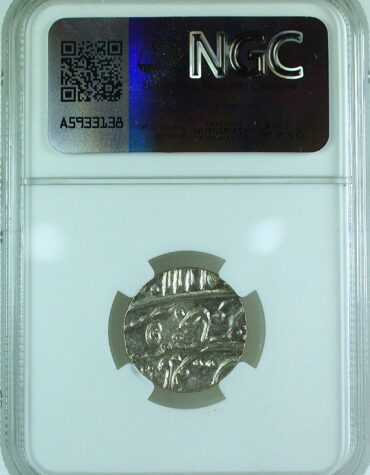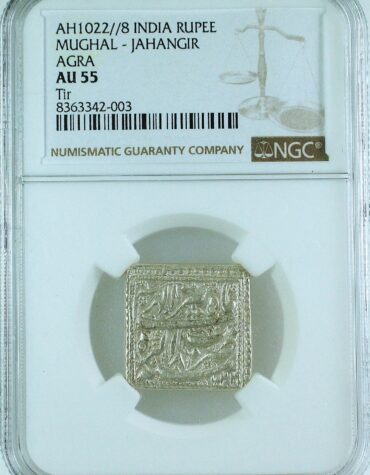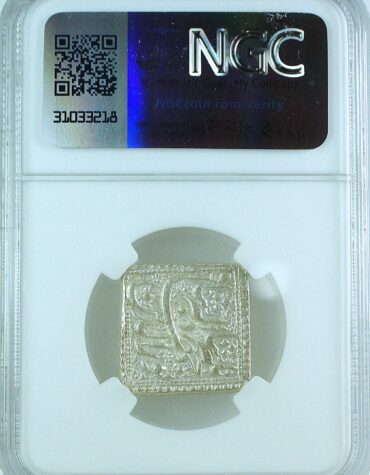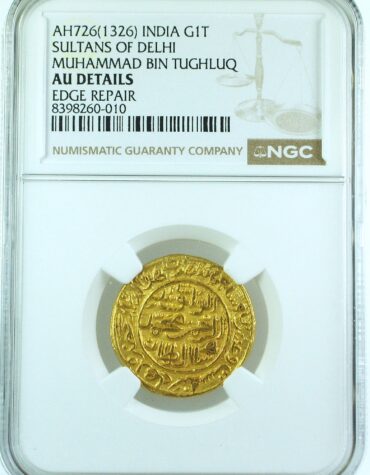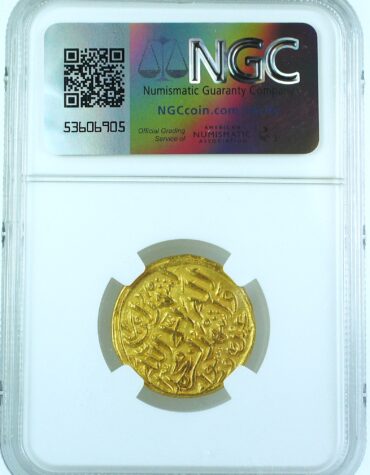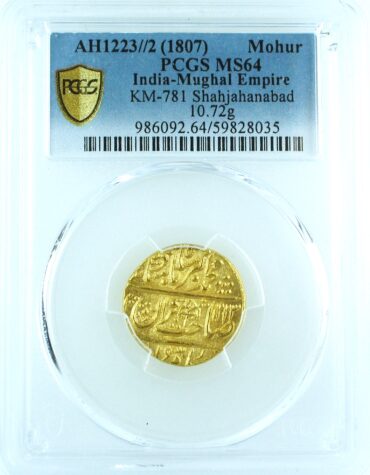- You have no items in your shopping cart
- Continue Shopping
India Mughal Empire AH1223//2 Muhammad Akbar II Mohur Shahjahanabad PCGS MS64 – RRRR
$7,999.00
Very beautiful and rare mohur of Muhammad Akbar II, Shahjahanabad.
Extremely Rare and Exquisitely Preserved Gold Mohur of Muhammad Akbar II – Shahjahanabad Mint, AH 1223
This remarkable and exceedingly rare Gold Mohur, struck under the nominal authority of Muhammad Akbar II, represents a fascinating confluence of imperial legacy and colonial dominance. Weighing 10.47 grams, the coin was minted at Shahjahanabad (Delhi) in Hijri year 1223 during a period when the East India Company had effectively assumed political control over vast regions of the Indian subcontinent, following the Second Anglo-Maratha War. Despite the waning sovereignty of the Mughal throne, the Company strategically retained the Delhi mint, issuing coinage in the name of the emperor to preserve a façade of legitimacy and continuity.
The obverse bears the imperial legend:
“Sikka Mubarak Sahib-e-Qiran Sani Muhammad Akbar Badshah Gazi”, celebrating the emperor as the second “Lord of the Auspicious Conjunction,” a title that links him to the great Timur.
The reverse is inscribed with:
“Zarb Dar-ul Khilafat Shahjahanabad, Sanah 2, Julus Mainamat Manus”,
framed elegantly by delicate beaded floral motifs, emblematic of Mughal artistic refinement.
Of particular numismatic importance is the clarity and completeness of the date inscription. Coins from this period and ruler are seldom encountered with all four numerals of the Hijri date fully legible. This specimen distinctly exhibits the complete date “1223”, dramatically enhancing its rarity and desirability among advanced collectors.
Historical Context: Muhammad Akbar II (r. 1806–1837)
Muhammad Akbar II, the 17th Mughal Emperor, ascended the throne following the death of his father, Shah Alam II, at a time when the Mughal Empire existed largely in name. Real political power had shifted decisively to the British East India Company, rendering the emperor a mere figurehead within his own capital.
Despite his diminished authority, Akbar II endeavored to maintain the ceremonial and cultural grandeur of the Mughal court. His reign is noted for his symbolic bestowal of the title “Raja” upon the eminent social reformer Raja Ram Mohan Roy, signaling an acknowledgment of evolving political and intellectual currents.
During his rule, the British formally withdrew recognition of the Mughal emperor as sovereign of India, relegating him to the status of a state pensioner confined to the Red Fort in Delhi. Akbar II was the father of Bahadur Shah II (Bahadur Shah Zafar), the last Mughal emperor, who would later emerge as a symbolic figurehead during the Indian Rebellion of 1857.
This coin, with its rich historical context, superb preservation, and fully legible date, is not merely a specimen of monetary history, but a tangible relic of an empire in twilight—a poignant testament to the enduring legacy of the Mughal dynasty amid the rise of colonial power.
Product Recently View
You have not recently viewed item.

